|
|||||||||||||
 |
|
Socio economy: Mile 46 Modelling of decision making and bio-economic dynamics in communal lands Photographs
Decision making The object of this WP 2 is to construct a dynamic bio-economic model of a communal village. The objective function of the model is maximizing utility subject to several constraints. The utility function has been identified with a modified conjoint analysis (CA) approach. CA is a method that raises values for the overall utility on the basis of preference judgments of decision makers in a given choice setting. In general this method is used in market research. Method I For the experimental design of CA different stimuli (bundles of concrete levels of considered factors) are presented to respondents which consist of desirable and non-desirable levels of the considered factors. This imposes respondents to weight the importance of the different factors relative to one another. An orthogonal design was produced by SPSS with 20 profile cards (one profile card can be seen in Figure 1). Information sheets for the five factors were designed, which explained the different factor components, factor symbols and factor levels(Figure 2). Method II For CA interviews respondents were asked to consider each profile card as a possible future life situation. The following interview procedure was used:
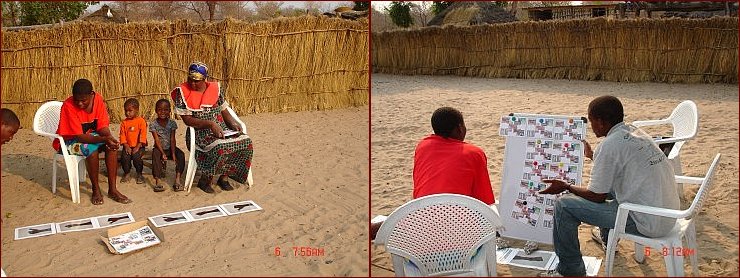
Left picture: Rough sorting - Right picture: Final ranking - Source: Judith Hecht Results Results of CA quantitatively prove a high preference for animal husbandry (37.5%) followed by off-farm labour (28.5%) and crop production (19.2%) (Figure 3).In contrast the decomposition in men and women respondents demonstrates, that women (22.8%) seem to assign crop production activities a higher utility level than men (16.2%) (Figure 4a/4b). This might be an indicator that women are more anxious to assure an adequate nutrition of the family.
Conclusion The acquisition of assets and cash income represents the main objective of communal farmers. However, the increase of livestock and field numbers will contribute to further degradation of rangelands and forests. This might cause a supplementary instability of the eco-system and thus the nutrition base. Approaches S11 Socio-economy WP 2: Modelling of decision making and bio-economic dynamics in communal lands:
|





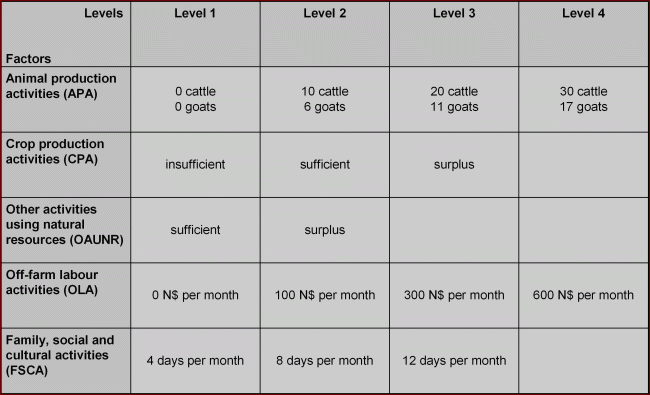 Table 1:Considered factors and their corresponding levels - Source: Judith Hecht
Table 1:Considered factors and their corresponding levels - Source: Judith Hecht
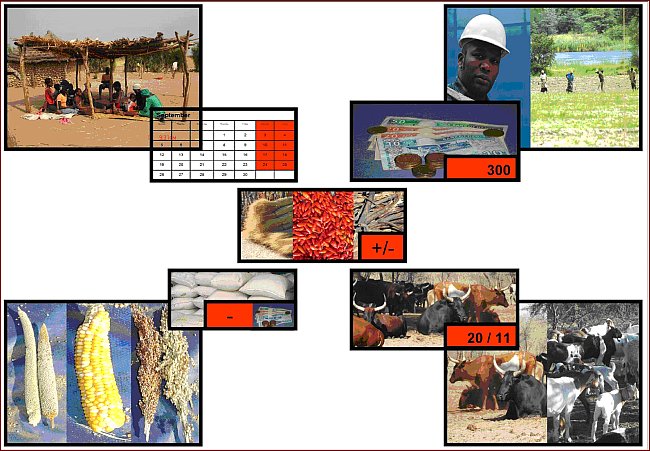 Figure 1:Profile card - Source: Judith Hecht
top left corner: factor symbol of family, cultural and social activities - factor level: 8 daystop right corner: factor symbol of off-farm labour activities - factor level: 300N$ per monthbottom left corner: factor symbol of crop production activities - factor level: insufficientbottom right corner: factor symbol of animal production activities - factor level: 20 cattle and 11 goatscentral: factor symbol of other activities using natural resources - factor level: sufficient
Figure 1:Profile card - Source: Judith Hecht
top left corner: factor symbol of family, cultural and social activities - factor level: 8 daystop right corner: factor symbol of off-farm labour activities - factor level: 300N$ per monthbottom left corner: factor symbol of crop production activities - factor level: insufficientbottom right corner: factor symbol of animal production activities - factor level: 20 cattle and 11 goatscentral: factor symbol of other activities using natural resources - factor level: sufficient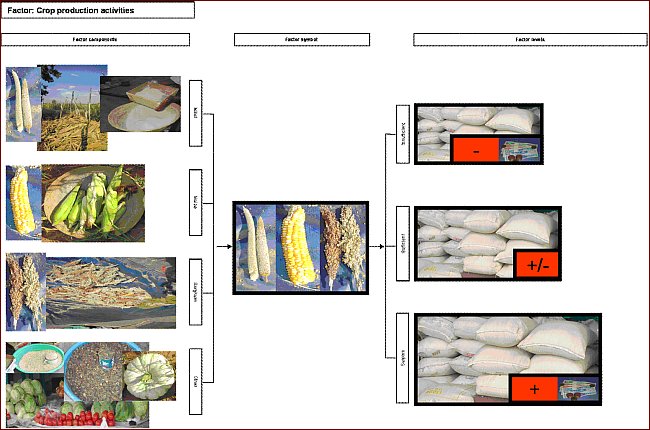 Figure 2:Information sheet for crop production activities - Source: Judith Hecht
Figure 2:Information sheet for crop production activities - Source: Judith Hecht
 Figure 3:Relative importance (%) of household activities
Source: Judith Hecht (calculation n=66)
Figure 3:Relative importance (%) of household activities
Source: Judith Hecht (calculation n=66)
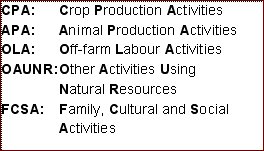
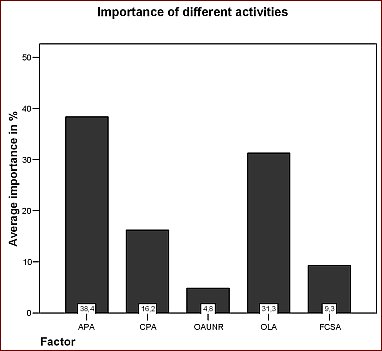 Figure 4a:Relative importance (%) of household activities for men
Source: Judith Hecht (calculation n=36)
Figure 4a:Relative importance (%) of household activities for men
Source: Judith Hecht (calculation n=36)
 Figure 4a:Relative importance (%) of household activities for women
Source: Judith Hecht (calculation n=30)
Figure 4a:Relative importance (%) of household activities for women
Source: Judith Hecht (calculation n=30)